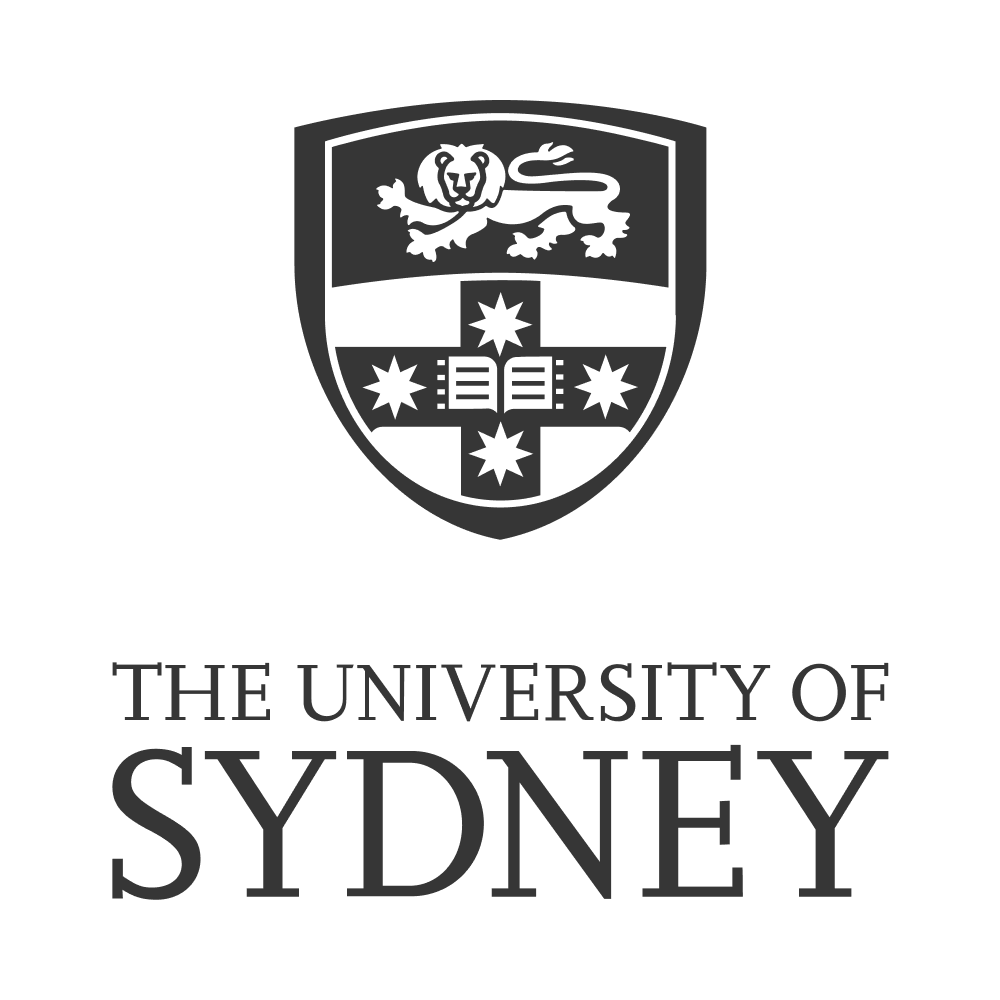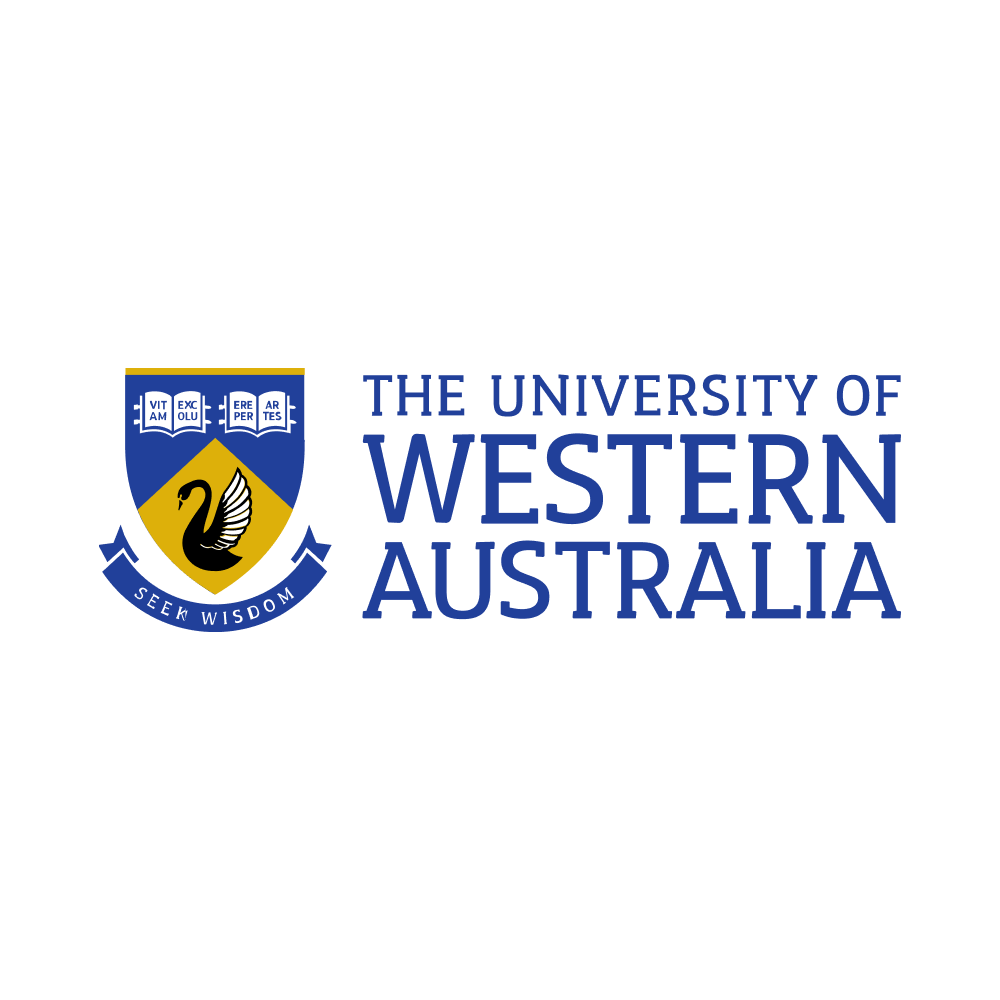
A common question for those considering undertaking a Master of Business Administration (MBA) is whether they should apply for an MBA or an Executive Master of Business Administration (EMBA).
There are several misconceptions in the market. For example, some say there is little difference between an EMBA and an MBA, but actually they differ on several fronts. Others believe one carries more weight amongst working professionals and employers than the other, while the truth is that both are enormously well respected in the employment market.
So, what is different between the two business degrees? And how does an MBA or EMBA candidate decide which degree program is best for them?
Both degree programs, after all, are general management degrees. Both can be done part-time or full-time, although EMBAs are mostly part-time. Both can be studied online, although the EMBA is more likely to be face-to-face. Lastly, both require a major commitment of time and effort, offering an exceptional level of return on investment for those willing to make that commitment.
Rather than looking at the similarities, it’s most useful to focus on the differences between the two business degrees.
Let's explore each.
Work experience of candidates
According to a 2024 report from the Executive MBA Council, the average EMBA student is 39 years old with about 15 years of work experience including an average of nine years of managerial work experience.
On the other hand, the Association to Advance Collegiate Schools of Business revealed, according to data from the 2023 Financial Times Global MBA Ranking, that the average student in the top 20 full-time MBA courses had just slightly more than five years of work experience. Closer to home, SEEK reported that traditional MBA programs typically have younger students, with an average age of 30 to 35 in Australia.
This means that within EMBA programs, discussions within classes and groups will tend to be at a higher and more strategic level around senior management and business direction. Those with less experience will possibly be lost and at risk of not contributing at a level expected by their fellow EMBA students. This helps partly explain why admissions requirements for an EMBA differ – those conducting an EMBA expect a certain level of experience amongst their fellow students.
Importantly, as EMBA programs are typically taken part-time so the managers and senior managers can continue with their jobs, assignments and projects set during the EMBA often relate to the more senior level of work they’re doing.
It makes sense that this is the case. The reason the EMBA program exists is to offer a level of education that matches the needs and expectations of senior managers and executives.
The EMBA is designed to make great senior managers even better at the work they’re required to do. That work involves making major business decisions and carrying out strategic planning for the entire business.
The MBA student profile, meanwhile, is comparatively junior to mid-level. An MBA is designed for students with a lower average age (although it also suits mature-aged students) and lower levels of skill and experience. It covers such topics as decision-making in business and strategic planning in just as many details as its EMBA cousin, but at a different level.
While a traditional MBA degree may assume an amount of business knowledge and could require a certain number of years of work experience, it targets those who aspire to senior management rather than those already at the senior management level.
And so, EMBAs and MBAs can have very different student profiles. While the average ages of students may vary by four to nine years, the levels of experience, insight and seniority can differ dramatically. For example, at one of the world’s best-respected business schools, Wharton EMBA students have an average of 13 years of work experience, compared to Wharton MBA students with an average of five years.
As with any type of MBA at any school of business, it’s vital to ensure your own knowledge, skill set and experience are at the right level to guarantee the best results.
Entrance requirements for MBA vs EMBA
Admission to an MBA has a lot to do with academic scores, particularly in the applicant’s undergraduate degree. Some traditional MBAs require further tests to be taken, such as the Graduate Management Admission Test (GMAT) which consists of a written assessment, a test of verbal ability and quantitative analysis. Some require personal and professional essays to be written. Some ask for professional and personal references.
In a traditional MBA, years of work experience is not necessarily a high priority, with many business schools accepting promising students who do not yet have any professional experience.
Admission to an EMBA, on the other hand, absolutely prioritises professional work experience, including past and current roles and responsibilities as well as future aspirations, in the form of a coherent career plan.
The application, on top of various forms and documents, often requires detailed reference letters from others within the business, a personal statement and a clear career plan that demonstrates exactly what it is that you hope to achieve from the EMBA. Every part of the application must focus on senior management and leadership skills.
Both MBA and EMBA selection committees must be sure you’re the right person to earn a coveted position within their course. Without a clear picture of who you are and where you’d like the degree to take you, this is a difficult task. An application that focuses on the right specifics and therefore tells selection committees exactly what they need to know makes their job much easier.
Finally, the EMBA executive MBA council often requires endorsement not just of the applicant, but also of the applicant’s employer. Selection committees must be convinced that the employer understands the unique pressure the course will place on the student and has put support processes in place to ensure the individual’s success in the course.
Employers may fully or partly fund the course fees, especially when they have a financial interest in the candidate’s success. This sponsorship is not a necessity of endorsement, but if it is the case, the employer may typically expect several years of service by the individual after graduation. This means it’s very much within the organisation’s interest for the candidate to have the time, space and bandwidth to learn all they can from the EMBA degree, maximising return on investment.
Degree program delivery format
Full-time MBA programs require a career break, typically for up to 24 months while the course is being completed. Of course, MBAs are also increasingly available in part-time and online formats that provide far greater flexibility. While MBA programs can be completed in two years or less, an executive MBA program tends to run for up to 18 months.
EMBA programs, on the other hand, are shaped around people who hold senior management positions and who simply cannot take a career break. EMBA courses, as a result, are mostly delivered in a part-time format.
As the senior professionals taking an EMBA have a full-time job, their choice of EMBA providers is more restricted as it must be local to them. Those taking a career break for a traditional MBA can move away, even overseas, to attend their course. While core subjects remain fairly similar between MBA and EMBA programs, there are typically fewer electives in an EMBA. In an EMBA, the group of professionals that starts the course also takes every subject together. In doing so, they bond and their learning is bolstered by the shared experience of the group.
In an EMBA, diversity is vital. Those in a particular admission will have a broad spectrum of professional experience, from healthcare to finance, from start-up to federal government and from general management to deep subject specialisation.
Of course, this is also typically the case in traditional MBA groups. However, those studying an MBA are naturally more likely to have that diversity of knowledge and experience within their student groups as they move around between electives and core subjects, surrounded by different people in each group. Those managing EMBA programs, on the other hand, must carefully design diversity into the group, as it typically remains the same throughout the duration of the course.
Some EMBAs are run for one or two days each week, perhaps a Friday and one day each weekend. Some split their classes across a couple of nights each week.
So, before they even begin to put together the contents of their admission pack, the potential candidate must ensure the university’s offering fits in with the various demands of their life. This often requires some shifting of responsibilities and managing of expectations of others in the candidate’s life.
Salary increases from MBA vs EMBA
MBA and EMBA graduates typically receive impressive salary increases after graduation.
According to a Graduate Management Admission Council report in 2023, 69 per cent of employers believe employees who are graduate management degree holders, which include MBAs, are typically paid more at their organisations than others.
The EMBAC survey also revealed that EMBA graduates obtained a 19.9 per cent increase in compensation, including salary and bonuses, after completing their program. 36 per cent of the graduates also received a promotion during their studies.
Both MBA and EMBA programs can equip you with the knowledge and skills needed to boost your salary potential. They help you prepare for higher-level and more lucrative career opportunities.
Kickstart your journey with the right program
While there are numerous differences between an MBA and an EMBA, including the type of candidate in each course, their professional work experience, the entry requirements and course delivery options, one thing remains the same – both master's degrees are still enormously well valued and respected in the business world.
The secret to success is ensuring you’re a good match for the type of MBA you're aiming for. Take the first step by exploring various MBA courses available in Australia that can propel your career forward.



















